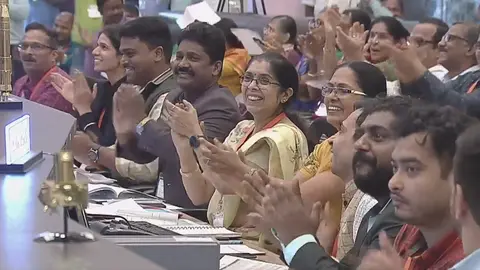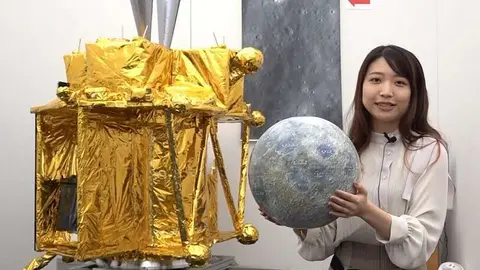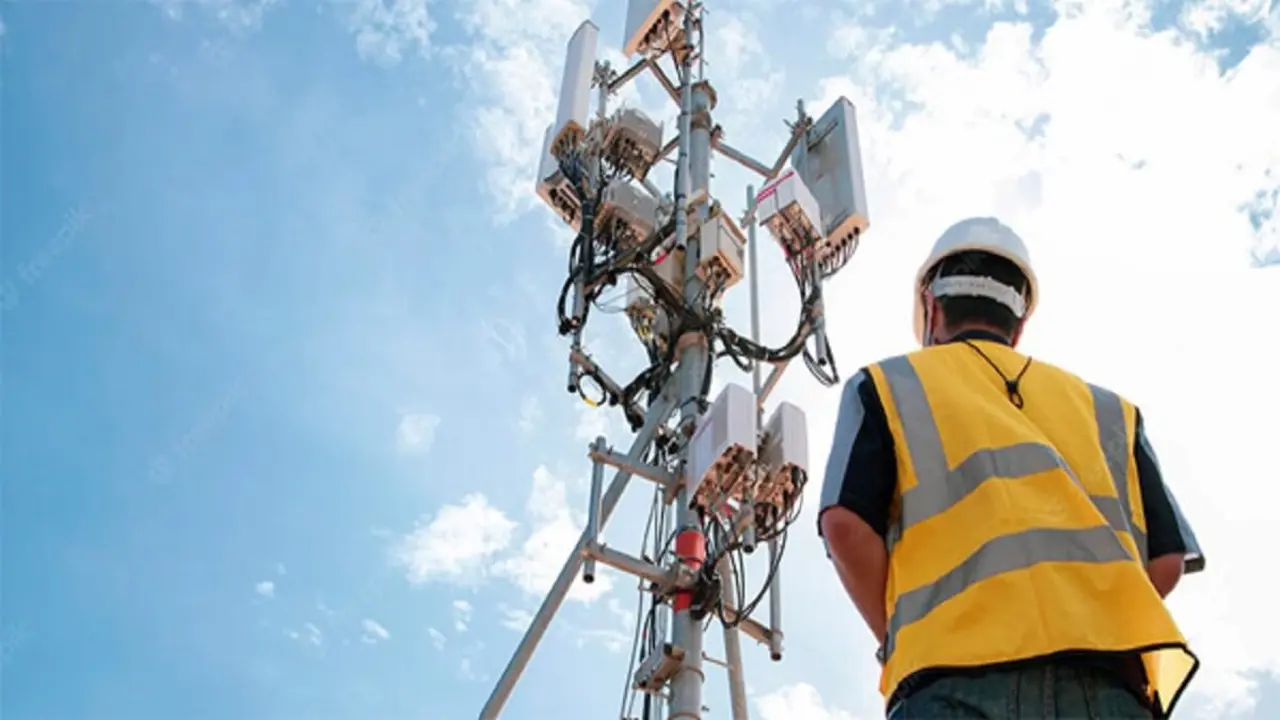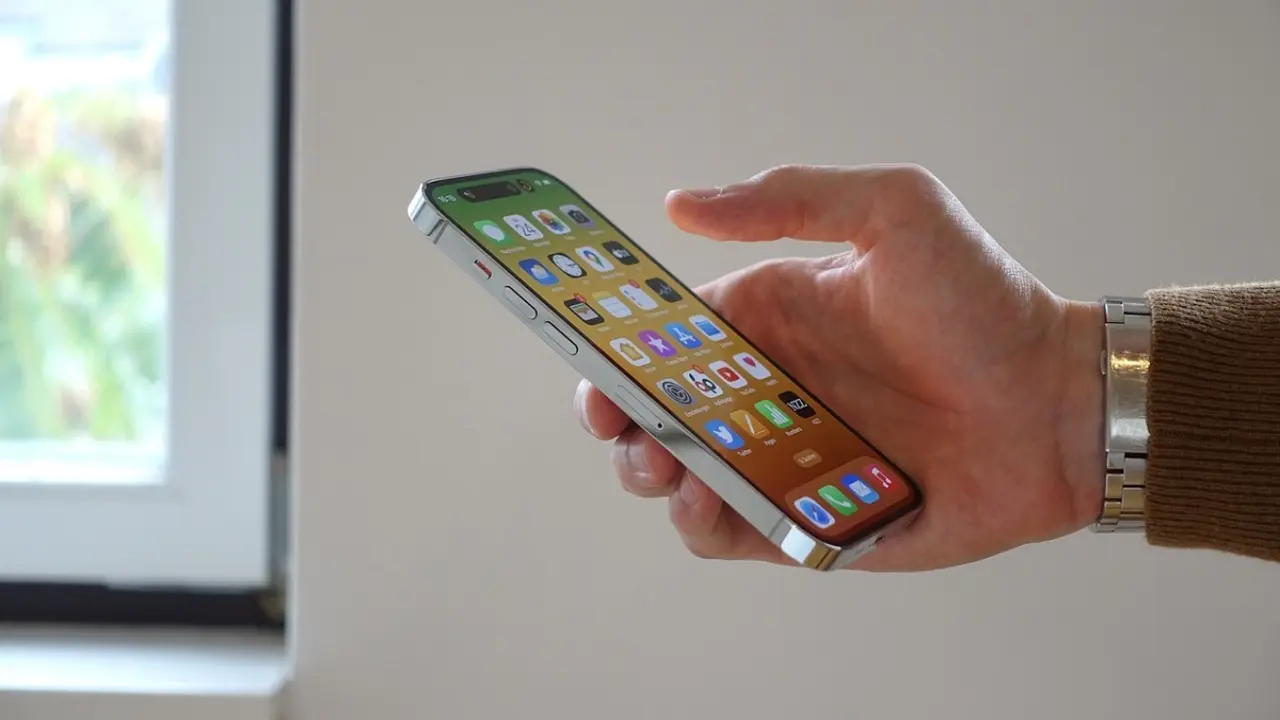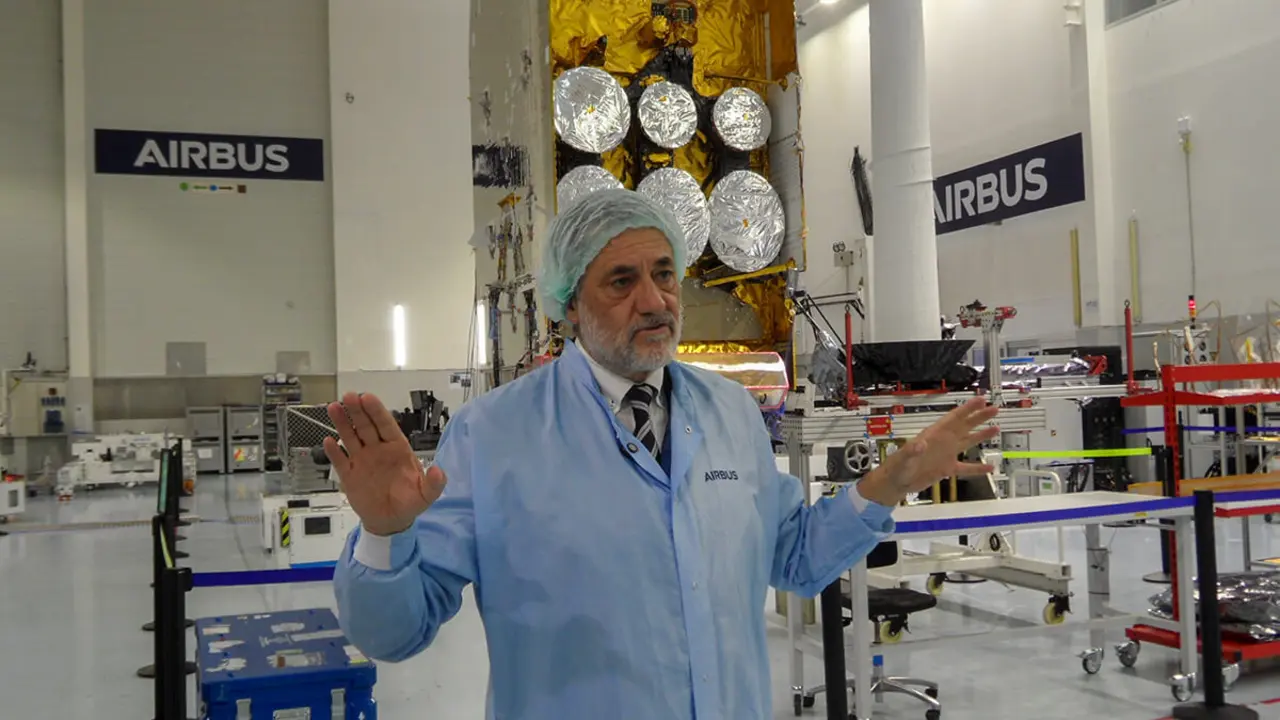Japan's turn to launch its innovative SLIM spacecraft to the Moon

The popular expression "no two without three" has once again come true in the newly revived robotic exploration of the Moon.
The Japan Aerospace Exploration Agency (JAXA) has just made its third attempt in little more than 50 days to reach Earth's closest star. It has taken place while the surface module Vikram and the six wheels of the Indian Space Agency's (ISRO) Pragyan vehicle remain on the lunar surface and the wreckage of the Russian Luna-25 platform is scattered among the dust and rocks of Selene's soil.
Japan is now taking over with its innovative automated platform called the Smart Lander for Investigating Moon (SLIM). It lifted off from the Tanegashima Space Centre on the H-IIA F47 rocket - manufactured by Mitsubishi Heavy Industries (MHI) - on Thursday, 7 September, at 01:42 Spanish time (08:42 in Tokyo). It had been scheduled for 28 August, but adverse weather forced MHI's launch director, Tatsuru Tokunaga, to postpone the date.

The JAXA spacecraft does not fly directly towards our natural satellite. With a maximum take-off weight of only 730 kg, of which more than 500 kg is propellant, SLIM's engine must minimise its consumption and describe a long trajectory. The downside is that it will take three to four months to reach lunar orbit, where it will remain for another 30 days. So the final descent will be between the end of the year and February 2024, said SLIM project leader Professor Shinichiro Sakai.
It is due to land in the small Shioli crater on the visible face of the Moon. Measuring 270 metres in diameter, it is inside a much larger crater called Cyrillus, 98 kilometres in diameter. If it succeeds, Prime Minister Fumio Kishida can be just as pleased as his Indian counterpart, Narendra Modi, at an upcoming meeting between the two. If not, the whole of Japan will have to assume that Indian space technology has proved itself superior to that of Japan.

The main innovation: its vision-based navigation system
New Delhi has snatched Tokyo's fourth place in the world ranking of nations that have set foot on Selene. If the SLIM mission has a happy ending, the country of cherry blossoms will have to settle for fifth place globally in placing a device - after Russia, the United States, China and India - and the third Asian state to do so.
But what is new about SLIM compared to its predecessors? Masaki Fujimoto, deputy director general of the Institute of Space and Astronautical Science (ISAS), the JAXA institution responsible for bringing the project to fruition, explains. SLIM is a "low-cost demonstration mission with which we want to validate the new technologies we have developed to achieve a high-precision lunar landing. If we succeed," Fujimoto adds, "we will break new ground in the exploration of the lunar surface and other stars.
How accurate should the descent be? One of JAXA's two main goals is for SLIM to settle on the ground with a margin of error "of the order of a hundred metres or less," says Fujimoto, "rather than several or many tens of kilometres, as is the norm. This has been the case so far for descents on celestial objects with a certain amount of gravity.
The president of the Japanese space agency, 58-year-old Professor Hiroshi Yamakawa, puts it this way: "We are trying to move from the era of landing on the moon where we can to landing on the moon where we want to. Since April 2018 at the helm of JAXA and with two failures in less than a year - the first flight of the H-3 rocket and the sixth of Epsilon - Yamakawa stresses that the key technology incorporated in SLIM lies in its "vision-based" navigation system.
JAXA engineers have developed a battery of algorithms for real-time image processing. In tests and simulations, "we have managed to integrate data from an ultra-light camera, a high-precision radar and a laser sensor to avoid hitting rocks, craters or other obstacles". The goal now is to perform "a soft, safe and very accurate lunar landing to validate the vision-based navigation technology," says project leader Shinichiro Sakai.

Landing on lunar soil only with "Made in Japan" technology
SLIM resembles an irregular polyhedron with six faces measuring 2.4 x 2.7 x 1.7 metres. One of them is covered with thin sheets of solar cells to power its lithium batteries, which generate the electrical energy to run the equipment and instruments as it roams through space and over the Moon.
It travels with three instruments to explore its surroundings. The most eye-catching is an ultra-tiny probe with a diameter of about 80 millimetres and about 250 grams called the Lunar Excursion Vehicle, but renamed SORA-Q. Developed by Sony, toy maker Tomy and Doshisha University, it will be released from the spacecraft moments before the lunar landing, to roll across the lunar soil and, if possible, enter cavities and send back images of its interior for broadcast to Earth.
Under the leadership of JAXA, 11 Japanese universities and institutions have been involved in the design, development and manufacture of the various SLIM systems and equipment, as well as such well-known companies in the field of electronics, precision mechanics and advanced technologies as Mitsubishi, Sharp, Kyocera, Furukawa and IHI.

Japan is not new to lunar orbit, where it has been at least twice before. The first was from October 2007 with the Kaguya probe, which launched two weeks earlier and discovered deep cavities and the existence of uranium. With some 3 tonnes and 15 scientific instruments on board, the degradation of its systems advised the Japanese technicians to destroy it, and in June 2009 they crashed it into the lunar soil.
The second was a private attempt to land on Selene. The Ispace company built the Hakuto-R surface module, put it into space on 11 December 2022 and proceeded to land on the moon on 25 April. But faulty telemetry and contact breakage during its final approach caused the mission to lose control and crash lethally to the ground.
SLIM was not sent into space alone. On the H-IIA rocket was the 2.3-tonne X-ray Imaging and Spectroscopy Mission, or XRISM, telescope, to be placed 550 kilometres from Earth. The project, led by JAXA with the participation of NASA and the European Space Agency (ESA), aims to observe the plasma in stars and galaxies, its evolution and its link to black holes.


